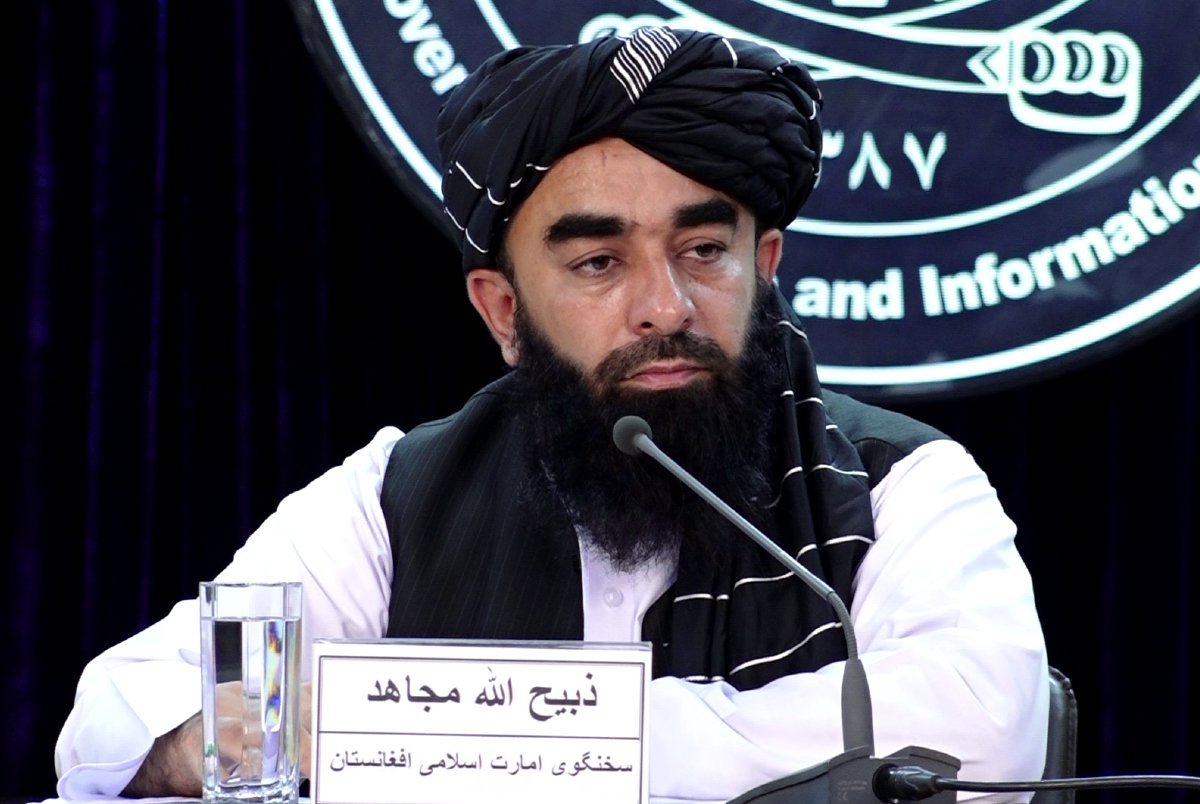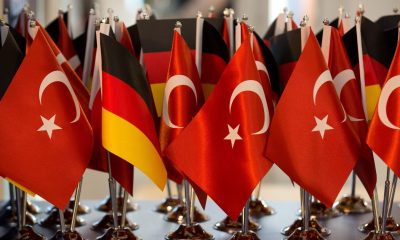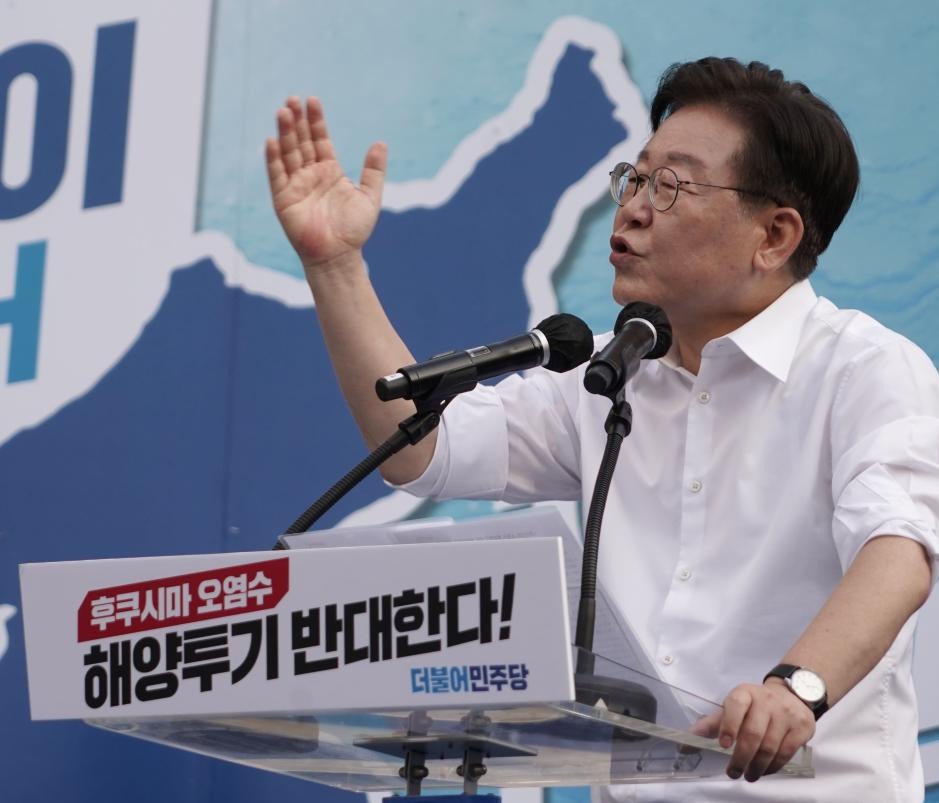The Pentagon has reported that Afghanistan has become a significant coordination site for the Islamic State (IS), also known as the Daesh terrorist group as the group has plans to carry out attacks across European countries and Asia with aspiration to reach the US.
According to a leaked Pentagon assessment report seen by The Washington Post, the IS has been developing a “cost-effective” model for external operations that relies on resources from outside Afghanistan, operatives in target countries, and extensive facilitation networks.
The Post says that at least there have been at least nine specific plots coordinated by IS leaders in Afghanistan, with the FIFA World Cup in Qatar – held last December – as well as embassies, places of worship and business centers.
The number plots, the documents reveal, rose to 15 in February. The documents reveal that the IS has been persistent in its efforts to obtain expertise in creating chemical weapons and acquire and operate drones.
The report also said that IS has taken advantage of Afghanistan’s weakened security under the Taliban to expand its network and operations in the country.
Taliban denies Washington Post’s report on Daesh
The Islamic Emirate of Afghanistan has strongly denied Washington Post’s report, saying that Daesh has no place inside Afghanistan.
Taliban’s head of Qatar-based Political Office, Suhail Shaheen said that Daesh has been suppressed in Afghanistan and the operation continues to further eliminate them.
The report Washington Post’s claimed to have obtained, is not according to the ground reality in Afghanistan and the report has content based on their “personal wish”, he added.
Shaheen said that in fact there is no physical presence of Daesh in Afghanistan compared to the past years during the invasion.
Daesh has been suppressed
A local political analyst, Ajmal Jamalzada said that Taliban are new and the age of Islamic Emirate is around 21 months. “If we see, and the Taliban rule since August 2021, we can easily get an idea that Daesh is not posing any serious threat to the regional countries,” Jamalzada told Harici.
He said that Daesh has been suppressed and it no longer poses threat to Afghanistan as well to the regional countries and behind.
The Taliban has time and again assured the neighboring countries that they will not let anyone use Afghanistan’s soil against them.
“We want to have a good relationship with everyone. We understand their concern. Terrorism is a big issue, but we are firm in the fight against them,” a Taliban official said.
Daesh is not posing a major threat internally and externally, the official told Harici. Speaking on condition of anonymity, he said that a high-level meeting had just been concluded among the top security and defense officials where they agreed to carry out a comprehensive operation nationwide to tame the Daesh rebels.
Taliban doubts Washington Post’s report impartial
The news leaked by the Washington Post is nothing but mere propaganda to show the world that the Taliban is not capable of dealing with Daesh, the official said.
“The US government under Biden rule is not happy with the Taliban despite the fact that we took practical measures in the fight against terrorism. Biden also seized our money,” he said, calling on the US to stop spreading propaganda against the Taliban.
There were tens of thousands of foreign troops before their collapse in August 2021, but yet they weren’t able to eliminate Daesh, he questioned and added that Taliban are not playing double games and will perish the Daesh.
Daesh appeared in 2014 under the very nose of US and its allied forces and the then Afghan government claimed they defeated Daesh, especially in eastern Nangarhar and Kunar provinces.
What we have come to know is that Daesh has now become a new game for the US, the official said. “I call upon our people first to report about Daesh and suspicious activities in their community if there is any. The nascent government of Taliban must stand ready to deal with Daesh before the US play any new game,” he added.
There is now doubt that Daesh is not a big threat as they are being portrayed by the Western media outlets, he said.
He said that the Taliban security officials are not turning a blind eye over the Daesh threat, but the group is not as strong as they are being painted by the media.
The region and the world must not forget that the Taliban had conducted several operations against Daesh in various parts of the country, where key Daesh members were killed and several others were wounded – many more, including foreigners were detained. Women and kids are among the Daesh detainees.
Taliban forces since August 2021 have been conducting raids on Daesh hideouts and assured to continue counter-terrorism operations.
“Unless the world leaders, we don’t discuss and talk rather we took action to perish Daesh,” the Taliban official said.
Kabul wants good ties with world
Taliban Spokesman Zabiullah Mujahid said that Taliban want to have a positive engagement with the world, but the International Community is making excuses to recognize their government.
We are now the government and the world as well as Afghanistan will benefit once we are recognized, Mujahid said, accusing the world of coming up with more excuses all the time to escape recognition of the Taliban government.
“We have good ties with everyone. Our relations have been improved with our neighbors, regional and world countries,” he added.
The world did not recognize the Taliban in the last two years and called on the Taliban to honor the rights of women, and girls and let them go to schools and workplaces if they want to be recognized.
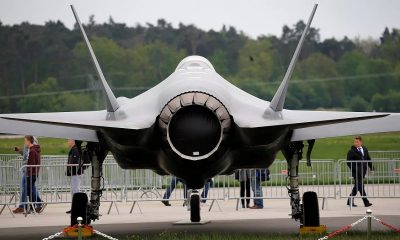
 EUROPE4 days ago
EUROPE4 days ago
 EUROPE1 week ago
EUROPE1 week ago
 ASIA2 weeks ago
ASIA2 weeks ago
 EUROPE1 week ago
EUROPE1 week ago
 AMERICA1 week ago
AMERICA1 week ago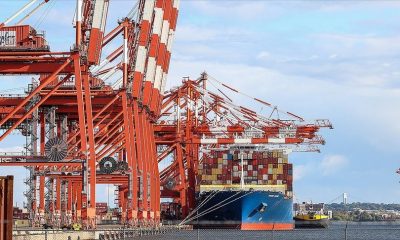
 DIPLOMACY5 days ago
DIPLOMACY5 days ago
 DIPLOMACY2 weeks ago
DIPLOMACY2 weeks ago
 RUSSIA2 weeks ago
RUSSIA2 weeks ago
